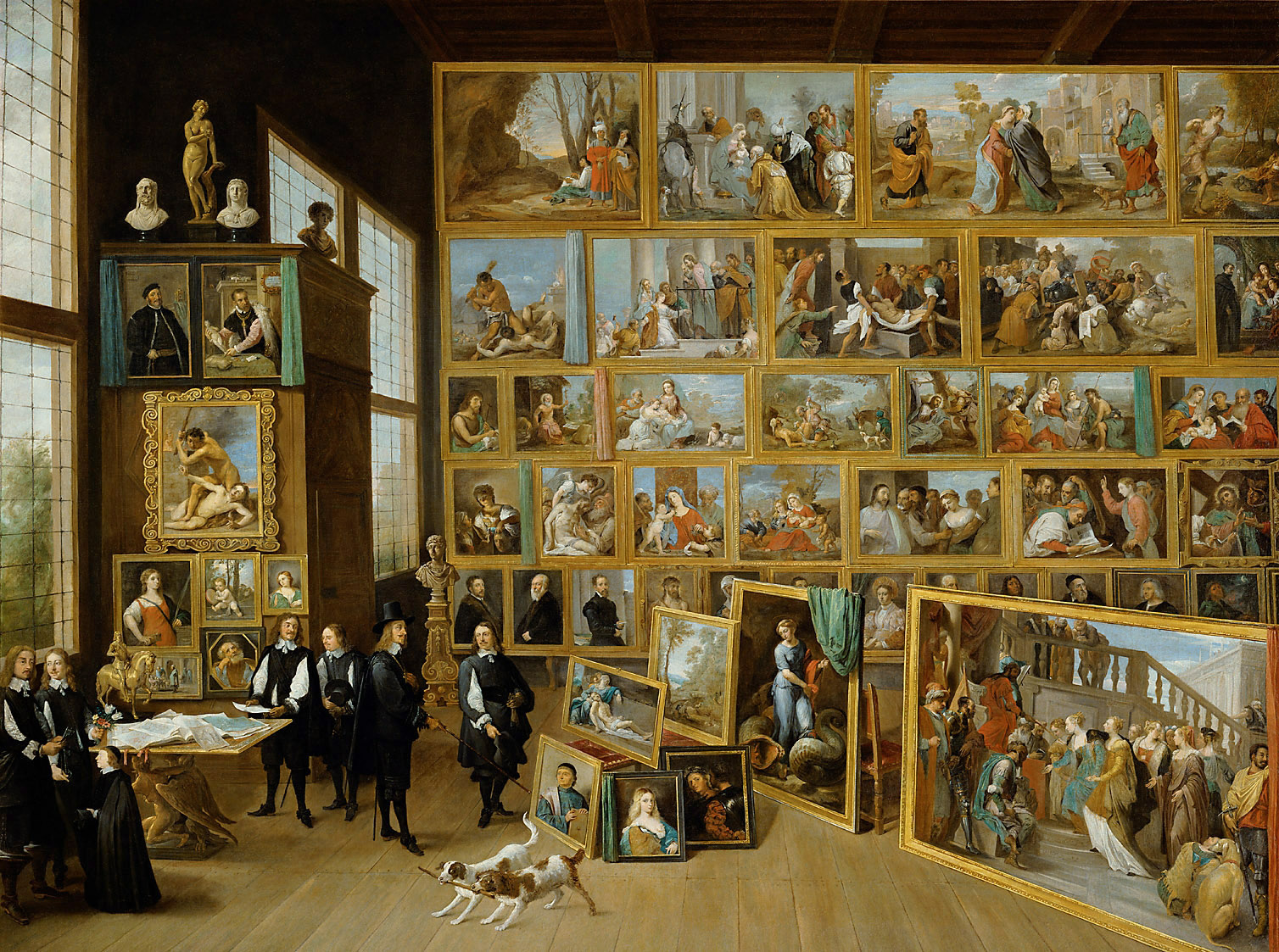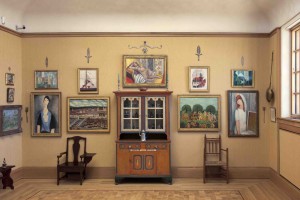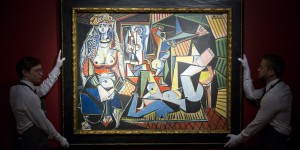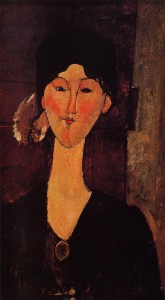 Art collectors around the world know that first and foremost, art is about passion. Art collectors tend to hold their collections near and dear to their hearts because chances are if they chose to invest in them, it’s because they have a personal connection with them. That being said, you shouldn’t sink your money into anything that can give your heart that familiar tinge of emotion. You should do your research, consult with the right people, and make sure that your purchase makes financial sense for your individual circumstances. But, you should be passionate about the art you’re investing in. Don’t buy art to impress others or because you want a big pay off when it appreciates in value. Buy art because you enjoy it.
Art collectors around the world know that first and foremost, art is about passion. Art collectors tend to hold their collections near and dear to their hearts because chances are if they chose to invest in them, it’s because they have a personal connection with them. That being said, you shouldn’t sink your money into anything that can give your heart that familiar tinge of emotion. You should do your research, consult with the right people, and make sure that your purchase makes financial sense for your individual circumstances. But, you should be passionate about the art you’re investing in. Don’t buy art to impress others or because you want a big pay off when it appreciates in value. Buy art because you enjoy it.
First time buyers are often not sure where to start. And understandably so. Collecting art is in itself an art form. Here are some quick tips to help you when you’re just starting out in the art buying world.
Establish a realistic budget from the get-go.
It’s easy to get caught up in a high-priced passion piece and blow your budget before you’ve even gotten started. Decide from the beginning how much you’re prepared to spend and how many pieces you would ideally like to have. Make sure to factor in figure costs into your budget such as framing, maintenance, and insurance. You’d be surprised how much that can add to your total cost.
Think long term.
Once you find a peace that speaks to you, make sure it fits within your long term collection goals. Each piece should have a meaningful place in the overall purpose of your collection. What you buy today should be enjoyed for years to come. It shouldn’t be looked at as a short-term profit unless you’ve found an up and coming talent before you believe they’re about to hit it big. This can be a fun and lucrative exception.
See as much art as possible.
Part of being a beginner is learning the ropes. There’s no better way to begin understanding the art world and start forming opinions about what you would like in your collection than by seeing as much art as possible. The more you see, the better you’ll understand what’s out there, what it costs, and most importantly, what you like. Find out where your local galleries and museums are. Subscribe to an online art publication or magazine. Attend a few art fairs. These are all great places to start.
Don’t rush.
Waiting to buy your first piece can feel like waiting to open presents on Christmas morning. It’s an exciting and engaging process, but don’t buy the first pretty thing that comes along. Wait for a piece that you truly love and want to spend years admiring.
Make sure you understand the buying process.
Are you buying a new piece for sale directly by the living artist or are you buying it from a collector at an auction house or gallery? Make sure you understand the fees involved in the transaction. Galleries usually take their fee from the seller, but auction houses can charge an additional 20 – 25 percent buyer’s premium.
Do your research.
Before you agree to buy, make sure you learn as much about your potential piece and it’s creator. The gallery or auction house can likely fill you in on many of the details, but don’t shy away from doing your own research back at home. You may also want to consult a professional advisor who can estimate the long-term value of the piece.
Compare the price to similar works.
If you aren’t sure what a fair price is, chances are you’ll get a better idea by looking at the selling price of comparable works by the same artist. You can obtain this information from the auction house or gallery or from the online auction records of Christie’s, Sotheby’s or Phillips. Another great tip: you can sometimes find more reasonably priced art at charity auctions and studio tours.
Don’t hesitate to seek a professionals opinion.
Art advisors make a great living at what they do for a reason: people need professional guidance. If you’re unsure or having serious doubts about a potential purchase, by all means meet with an advisor. Not only will they make sure you’re not making a poor investment, but they’ll also be able to guide you to similar pieces and artists based on what you have shown an interest in. They have insider knowledge that takes years and sometimes decades to acquire. Take advantage of every resource you have, and you’ll be sure to sleep soundly knowing you’ve made the right choice.
Follow these tips, and you’ll be on your way to a collection that you and your loved ones will adore. As the writer Chuck Klosterman once said, “Art and love are the same thing: It’s the process of seeing yourself in things that are not you.”

 As an art collector, a good rule of thumb is to buy what you like, not what you expect to appreciate in value at the fastest rate. First and foremost, it’s a collection and something to be appreciated and enjoyed. Secondarily, it’s an investment. And when it comes to investments, there’s always one tricky thing to figure out: inheritance. An increasingly important part of estate planning is figuring out what will happen to your art when you are no longer around to appreciate it.
As an art collector, a good rule of thumb is to buy what you like, not what you expect to appreciate in value at the fastest rate. First and foremost, it’s a collection and something to be appreciated and enjoyed. Secondarily, it’s an investment. And when it comes to investments, there’s always one tricky thing to figure out: inheritance. An increasingly important part of estate planning is figuring out what will happen to your art when you are no longer around to appreciate it. This past weekend in New York, 35 lots of artwork went up for auction including some of the most prized art paintings and sculptures in history. Of the 35 lots sold, 34 of them racked in a total of $706 million.
This past weekend in New York, 35 lots of artwork went up for auction including some of the most prized art paintings and sculptures in history. Of the 35 lots sold, 34 of them racked in a total of $706 million. Former Goldman Sachs’ employee
Former Goldman Sachs’ employee